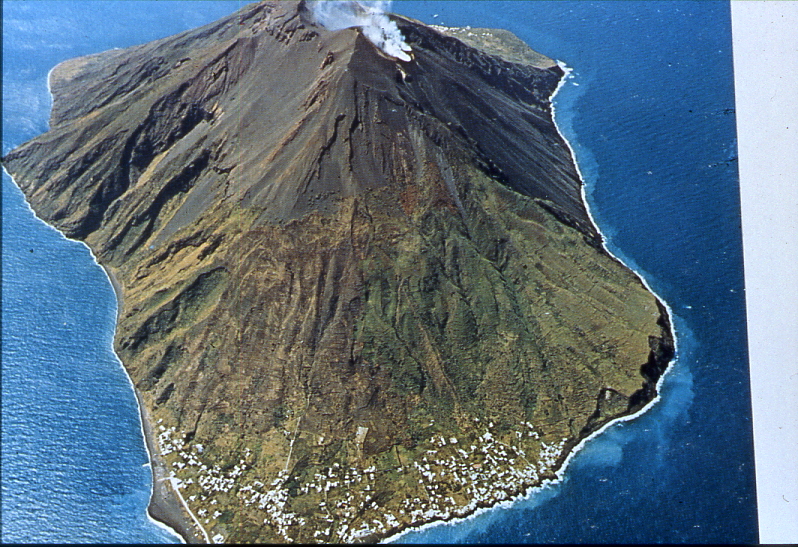The Aeolian Islands are an extraordinary example of on-going volcanic activity. Located less than 40 km from the north-east coast of Sicily, the archipelago comprises seven islands (Lipari, Vulcano, Salina, Stromboli, Filicudi, Alicudi and Panarea) and five small islets. These islands are a result of volcanic activity over the past million years, and separated by waters over 200m in depth, they appear never to have been connected to the island of Sicily. Today there are two active volcanos—Stromboli and Vulcano, which have provided their names for two different types of eruptions (Vulcanian and Strombolian). Other volcanic activity, including steaming fumaroles and thermal waters, can be observed throughout the archipelago.
Sparsely inhabited although visited by a large number of tourists each year, the Aeolian Islands feature a rugged volcanic landscape with evidence of centuries of human traditional use shaped by volcanic activity. The islands have important natural values both on land and at sea. Although the typical Mediterranean vegetation has been much altered by people, a number of endemic plants, reptiles, invertebrates and one subspecies of dormouse occur on the islands. Birds, particularly now that hunting is controlled, are returning to former haunts, and marine life is abundant. Protected by the European Habitats and Birds Directives, all of the islands apart from Lipari are either completely or partially designated nature reserves.


